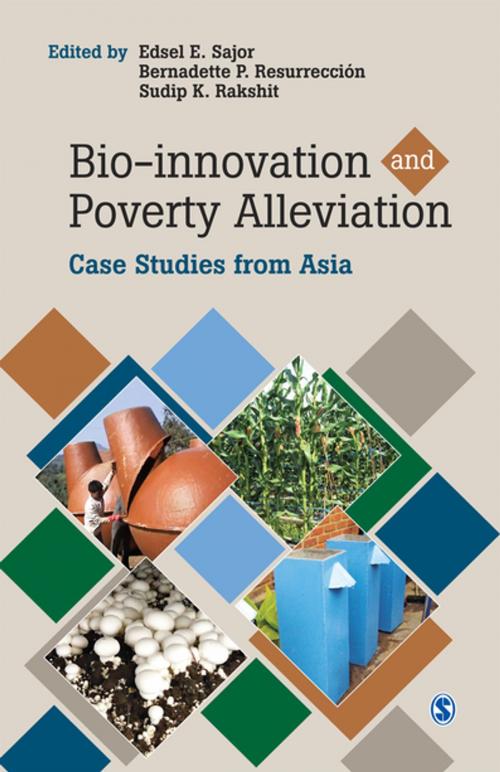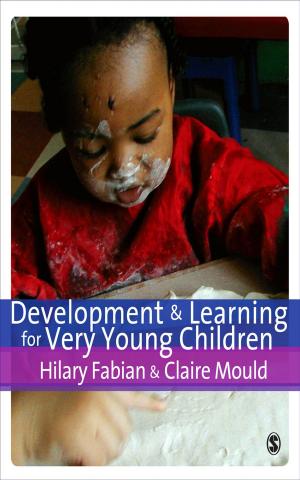Bio-innovation and Poverty Alleviation
Case Studies from Asia
Business & Finance, Economics, Development & Growth, Nonfiction, Science & Nature, Science, Biological Sciences, Environmental Science, Nature| Author: | ISBN: | 9789351504580 | |
| Publisher: | SAGE Publications | Publication: | November 6, 2014 |
| Imprint: | Sage Publications Pvt. Ltd | Language: | English |
| Author: | |
| ISBN: | 9789351504580 |
| Publisher: | SAGE Publications |
| Publication: | November 6, 2014 |
| Imprint: | Sage Publications Pvt. Ltd |
| Language: | English |
The proposed volume attempts to understand how forms of bio-innovation might be linked to the problem of poverty and its reduction through an inquiry into a number of empirical cases of present-day bio-innovations in Asia. Conditions and circumstances in countries like Cambodia, China, India, Korea, Nepal, Philippines, and Thailand are quite different and provide a mosaic of varied experiences in bio-innovation that include shrimp farming, GMO cotton, bio gas, organic farming, and vaccines.
Offering important insights into various forms of bio-innovation efforts and their effects on poverty alleviation, this volume is divided into three major themes that organize the main sections of the book—benefits for the poor: actual, direct, and prospective benefits for the poor; absence of positive impacts and institutional constraints; pro-poor drivers and embedding in anti-poverty alleviation.
The central questions addressed here are:
• Ways and circumstances in which certain forms of bio-innovations affect the poor and enable poverty alleviation.
• Critical factors and conditions for improving the positive impact of bio-innovations on poverty alleviation.
• Poverty alleviation goals should be the point of departure in rationalizing, identifying and designing appropriate and relevant bio-innovation programs.
The proposed volume attempts to understand how forms of bio-innovation might be linked to the problem of poverty and its reduction through an inquiry into a number of empirical cases of present-day bio-innovations in Asia. Conditions and circumstances in countries like Cambodia, China, India, Korea, Nepal, Philippines, and Thailand are quite different and provide a mosaic of varied experiences in bio-innovation that include shrimp farming, GMO cotton, bio gas, organic farming, and vaccines.
Offering important insights into various forms of bio-innovation efforts and their effects on poverty alleviation, this volume is divided into three major themes that organize the main sections of the book—benefits for the poor: actual, direct, and prospective benefits for the poor; absence of positive impacts and institutional constraints; pro-poor drivers and embedding in anti-poverty alleviation.
The central questions addressed here are:
• Ways and circumstances in which certain forms of bio-innovations affect the poor and enable poverty alleviation.
• Critical factors and conditions for improving the positive impact of bio-innovations on poverty alleviation.
• Poverty alleviation goals should be the point of departure in rationalizing, identifying and designing appropriate and relevant bio-innovation programs.















